“Frankenstein” director Guillermo del Toro and Netflix boss Ted Sarandos have unveiled plans for a trailblazing stop-motion studio which will be built at France’s prestigious Gobelins school, whose famous alumni includes “Despicable Me” director Pierre Buffin.
On Friday, the pair told a select group of journalists at the Gobelins school in Paris that the project will give the next generation of animation artists the opportunity to learn, collaborate, innovate and push the boundaries of stop-motion craft.
More than a just a training center, the stop motion studio is co-founded by del Toro and Netflix, and is being conceived as a living laboratory of experimentation and research.
The project is also a tribute to the legacy of the late Mark Gustafson, whose worked inspired del Toro, creator of the stop-motion “Pinocchio.”
Netflix also boasts partnerships with creative forces within the animation industry in France, notably with banners such as Fortiche (“Arcane”), TAT (“Astérix: Le Combat des Chefs”) and Blue Spirit (“Blue Eye Samurai”).
Reflecting on how Netflix got on board the initiative, del Toro said he was approached by Sarandos, who asked him what was on his bucket list. “I said to him, ‘You are a billionaire. If you stick with me, I’ll make you a millionaire.’ I believe that it is imperative to look at things that need to be preserved, even if in the short term, you don’t see clearly why, except that for some people, they are very important. When he supported ‘Pinocchio’ after nearly 20 years of chasing it, that was important.”
Del Toro said he and Netflix are embarking on a second stop motion adventure based on the novel “The Buried Giant” by Nobel Prize winner Kazuo Ishiguro. “The timing for this school is perfect because we can then integrate people coming in or coming out of it into that project as apprentices or people that learn the craft of creating sets or puppets,” he said.
Sarandos said he was compelled by stop motion animation because of the fact that everything is handmade.
“What I really love about stop motion in an educational setting is that what I learned from this man (del Toro) is that stop motion is filmmaking. It’s costume design, it’s set design, it’s lighting, it’s camera, it’s everything. Every discipline that you do to make a film, you’re doing in stop motion animation. The human touch of it is something that people see through,” Sarandos said.
Ultimately, del Toro wishes to see the stop motion studio building future bridges between European and Latin American creators.
“In Mexico, particularly, stop motion is always in dire need of support. They don’t receive much support from the government down there. I think that the important thing is for Europe and Latin America to be linked, it opens a whole road of hope,” he said.
During the presentation, del Toro also candidly weighed in on the current debate over the threat of AI, and said it was important to “differentiate the term AI as a tool and AI as a proposal of generating creativity.”
“If you look at a particle system that has been used in animation for more than 15 years, that system contains elements that could be seen as AI. Generative AI is a different conversation,” said del Toro.
“A few months ago, somebody wrote me in a high position. They said, ‘What is your stance about AI?’ And I answered the email saying, ‘I’d rather die.”
“I think that animation is very frail because animation at an industrial level is about cost and about time. And what I do know, having been in animation since I was in my teens, is that sometimes that is what is desirable, time. I love doing ‘Pinocchio’ because I have more than two years to change my mind. It’s like watching an accident in slow motion. You have time to get out of the car,” joked del Toro, who argued that “stop motion is the equivalent to slow food in the culinary industry” and pointed out that “the idea that faster is better is something that is always sold by big industrial interests.”
He said stop motion was unique because “In an era in which you can have AI intruding in any other form of animation, stop motion is AI-proof.”
Sarandos, meanwhile, told Variety after the presentation, that he views “AI as a creator’s tool, not a creative tool on its own.”
“I think that the idea that AI will out-imagine things and humans is pretty unlikely. It’s quite the antithesis of what it’s built to do,” Sarandos said.
Sarandos continued, “AI is meant to take all the things that have ever been done and give you the most predictable outcome, which is the opposite of what writers try to do when they write a screenplay or that a filmmaker is trying to do when they tell a story. So I don’t get too nervous about it displacing creativity.”
Del Toro and Sarandos presented the world premiere of “Frankeinstein” at the Venice Film Festival alongside Oscar Isaac and Jacob Elordi. The anticipated $120 million epic got a lengthy standing ovation and is being talked about as a major awards contender for Netflix.

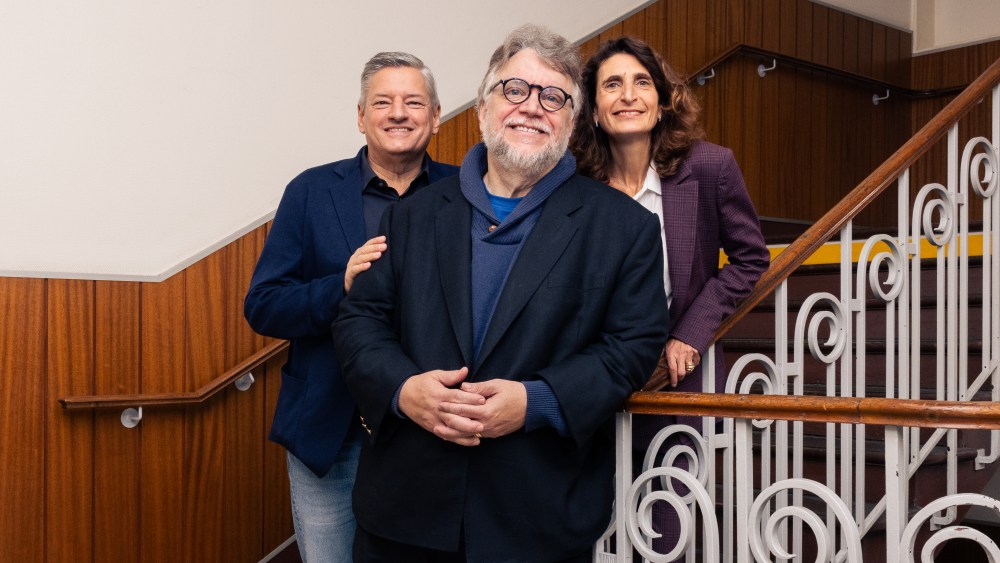

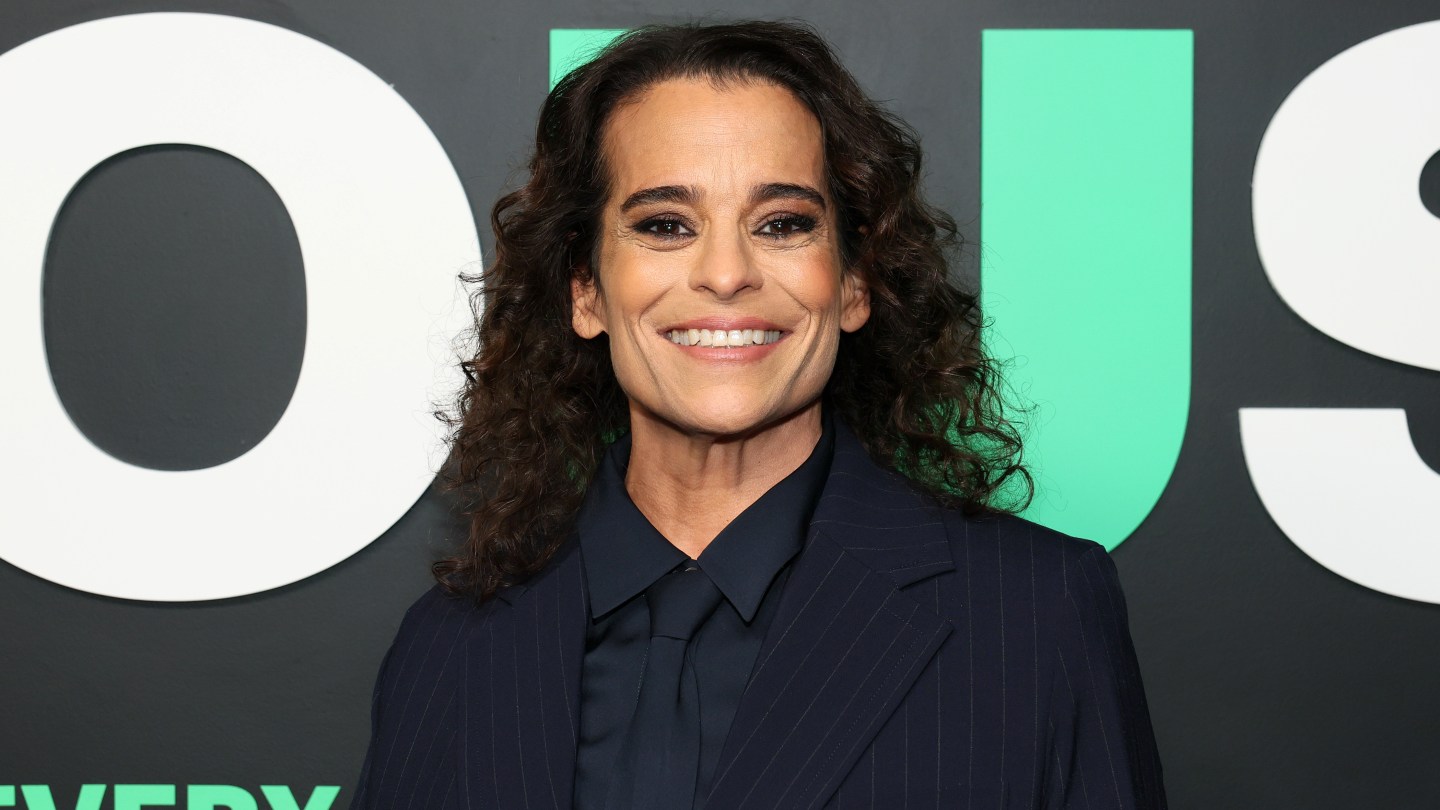

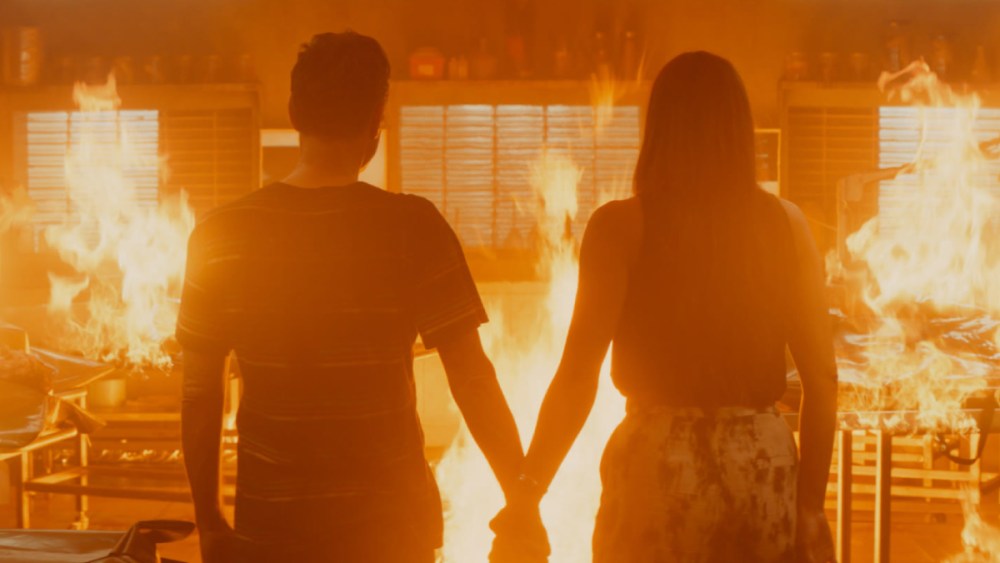
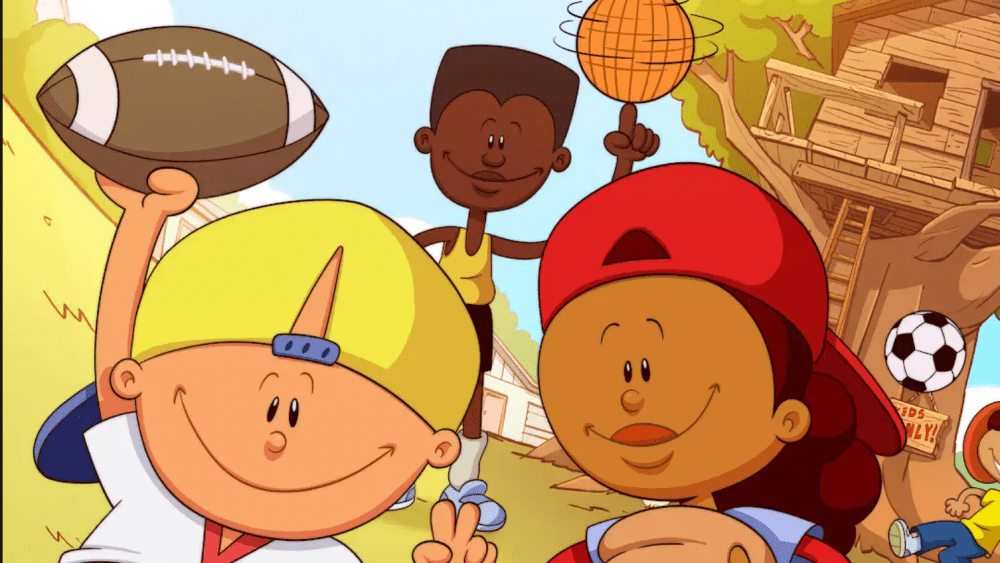

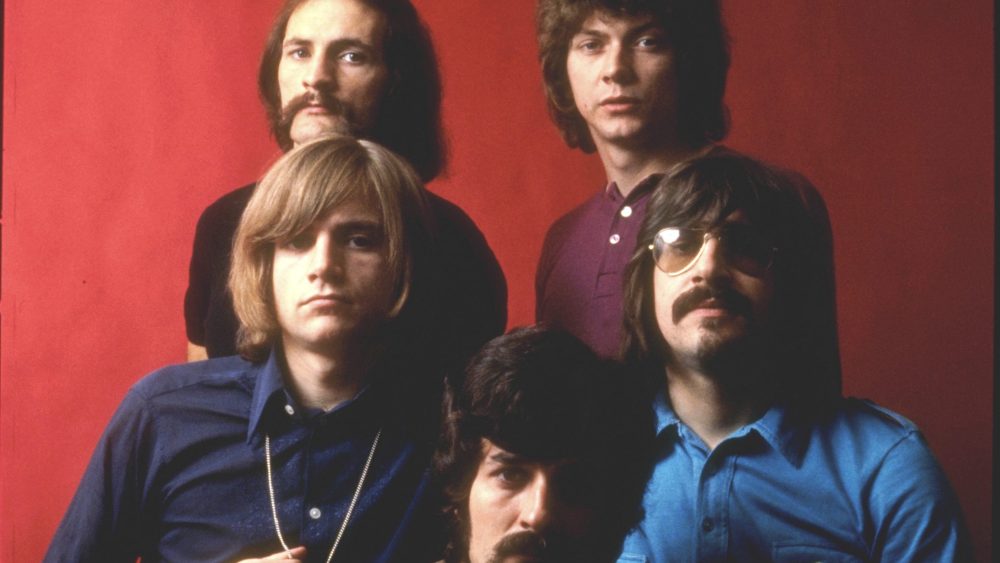
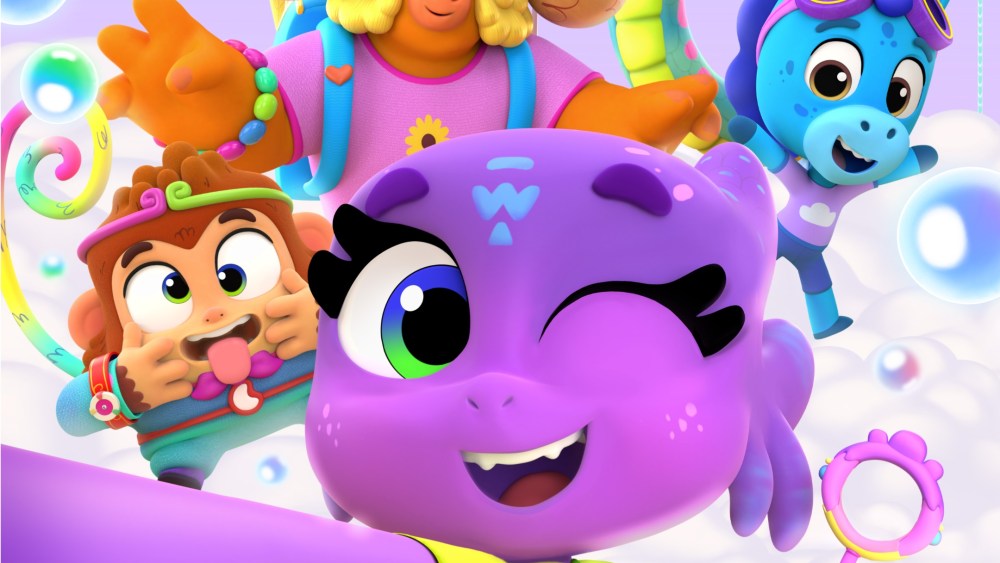

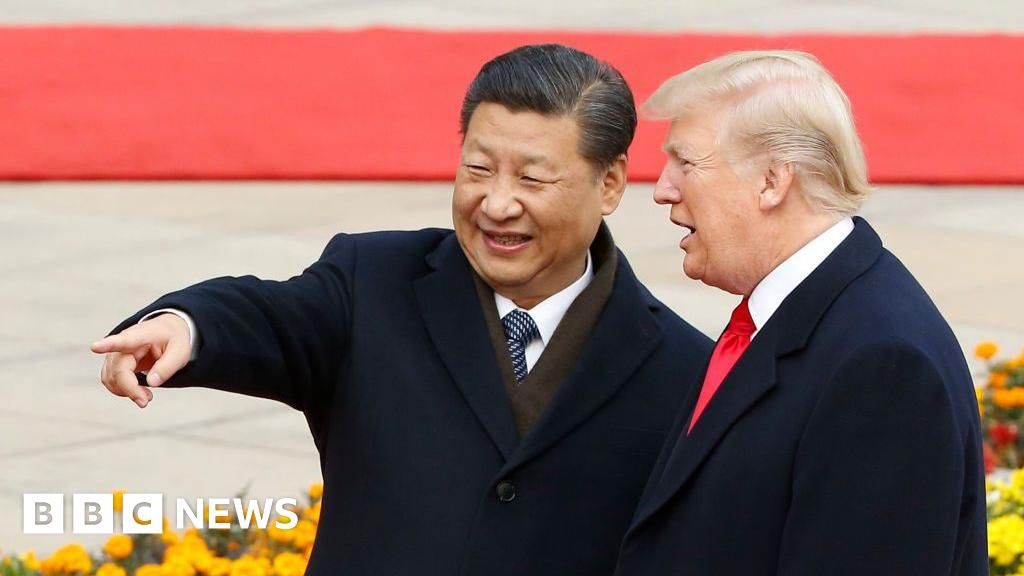


Leave a Reply